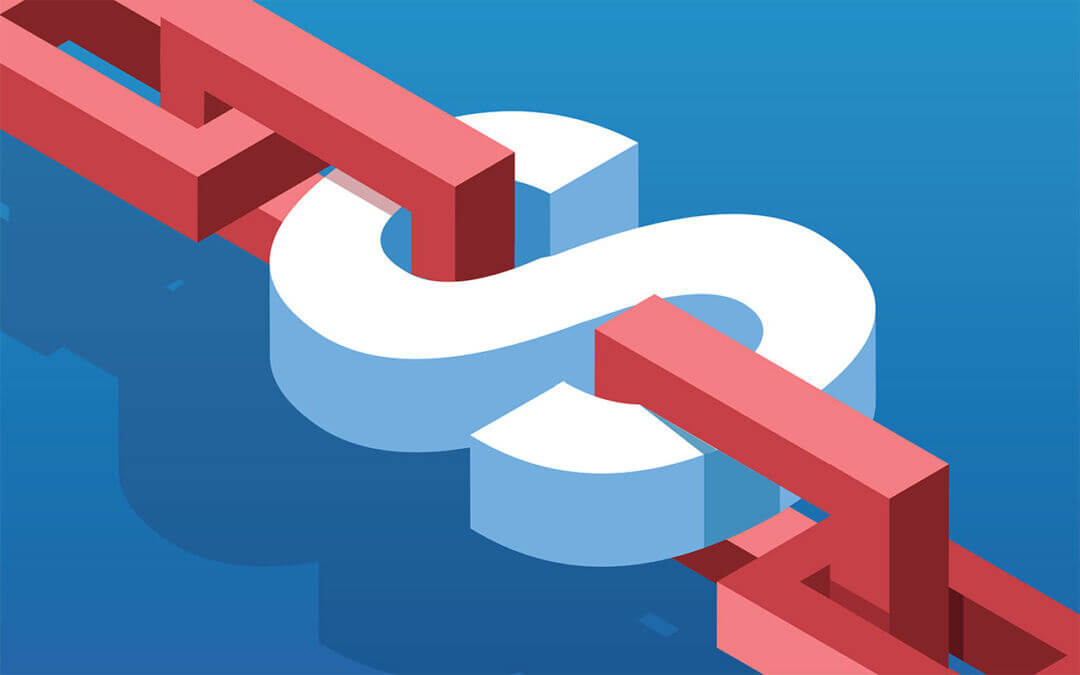The United States, often hailed as the world's largest economy, operates under a complex economic system that blends elements of capitalism, socialism, and government intervention. This unique economic model has evolved over centuries, shaped by historical events, political ideologies, and socio-economic factors. In this article, we'll delve into the intricacies. What economic system is the us, exploring its key features, historical context, strengths, weaknesses, and future prospects.
what economic system is the us

Economic system of the United States has its roots in the principles of free-market capitalism, which emphasize individual entrepreneurship, private property rights, and limited government intervention in the economy. This economic philosophy gained prominence during the Industrial Revolution of the 19th century, as the nation transitioned from agrarianism to industrialization.
The laissez-faire policies of the 19th and early 20th centuries fostered rapid economic growth, fueled by innovations in technology, infrastructure development, and expansion of markets. However, this period also witnessed significant income inequality, labor exploitation, and monopolistic practices by powerful corporations, prompting calls for government regulation and intervention to protect workers and consumers.
The Great Depression of the 1930s marked a pivotal turning point in the evolution of the U.S. economic system. In response to the economic crisis, President Franklin D. Roosevelt implemented the New Deal, a series of sweeping reforms aimed at stabilizing the economy, providing relief to the unemployed, and regulating financial markets. The New Deal initiatives laid the foundation for the modern welfare state and expanded the role of the federal government in economic affairs.
Key Features of the U.S. Economic System

1. Mixed Economy:
The United States operates as a mixed economy, combining elements of capitalism and socialism. While the free market drives economic activity and resource allocation, the government plays a significant role in regulating industries, providing public goods and services, and redistributing wealth through taxation and social welfare programs.
2. Private Property Rights:
Private property rights are enshrined in the U.S. Constitution and are fundamental to the functioning of the economy. Individuals and businesses have the right to own, use, and dispose of property and assets, which encourages investment, innovation, and economic growth.
3. Market-Based Allocation of Resources:
The allocation of resources in the U.S. economy is primarily determined by market forces of supply and demand. Prices serve as signals that guide producers and consumers in decision-making, leading to efficient allocation of goods and services.
4. Entrepreneurship and Innovation:
The United States has a vibrant entrepreneurial culture that fosters innovation, creativity, and risk-taking. Entrepreneurial ventures drive technological advancements, job creation, and economic dynamism, contributing to the nation's competitive edge in the global economy.
5. Government Regulation and Intervention:
While the U.S. economy is largely market-driven, the government intervenes to correct market failures, ensure fair competition, and promote social welfare. Regulatory agencies oversee industries such as banking, healthcare, energy, and environmental protection, imposing rules and standards to safeguard public interest.
6. Social Welfare Programs:
The U.S. government operates various social welfare programs, including Social Security, Medicare, Medicaid, and unemployment insurance, to provide assistance to vulnerable populations and alleviate poverty. These programs aim to ensure basic standards of living and promote social equity.
Strengths of the U.S. Economic System

1. Innovation and Technological Leadership:
The U.S. economy thrives on innovation and technological advancement, driven by a robust entrepreneurial ecosystem, world-class research institutions, and a culture of risk-taking. This innovation culture fuels economic growth, enhances productivity, and maintains the nation's global competitiveness.
2. Flexibility and Adaptability:
The U.S. economic system is characterized by its flexibility and adaptability to changing market conditions and technological disruptions. The dynamic nature of the economy allows for rapid adjustment to challenges and opportunities, fostering resilience and innovation.
3. Diverse and Dynamic Markets:
The United States boasts diverse and dynamic markets across various sectors, from finance and technology to healthcare and entertainment. This diversity promotes competition, fosters consumer choice, and encourages entrepreneurship, driving economic growth and prosperity.
4. Strong Legal and Regulatory Framework:
The U.S. economy benefits from a strong legal and regulatory framework that protects property rights, enforces contracts, and ensures fair competition. This framework provides stability and predictability for businesses, investors, and consumers, fostering trust and confidence in the economy.
5. Access to Capital and Investment Opportunities:
The United States offers access to abundant capital and investment opportunities through its well-developed financial markets, venture capital networks, and robust banking system. This access to capital fuels entrepreneurship, innovation, and economic growth, attracting investment from around the world.
Weaknesses and Challenges

1. Income Inequality:
Despite its economic prosperity, the United States grapples with significant income inequality, with wealth concentrated among a small segment of the population. Rising income inequality poses social and economic challenges, including reduced social mobility, political polarization, and social unrest.
2. High Healthcare Costs:
The U.S. healthcare system faces challenges related to high costs, inefficiencies, and unequal access to care. The absence of universal healthcare coverage leaves millions of Americans uninsured or underinsured, contributing to financial hardship and disparities in health outcomes.
3. Infrastructure Deficiencies:
Aging infrastructure, including roads, bridges, and public transportation systems, poses challenges to economic growth and productivity. Insufficient investment in infrastructure maintenance and modernization hampers competitiveness, increases transportation costs, and impedes economic development.
4. Education Disparities:
Disparities in educational attainment and access to quality education contribute to persistent inequalities in income, employment, and economic opportunity. Addressing education disparities is crucial for promoting social mobility, enhancing workforce skills, and fostering long-term economic growth.
5. Rising National Debt:
The United States faces a growing national debt, driven by long-term budget deficits, unfunded entitlement programs, and discretionary spending. Rising debt levels pose risks to fiscal sustainability, economic stability, and intergenerational equity, necessitating prudent fiscal management and reform.
Future Prospects and Policy Implications

As the United States navigates the challenges and opportunities of the 21st century, policymakers face critical decisions about the future direction of the economy. Key policy priorities include:
-
Investing in Infrastructure: Prioritizing infrastructure investment to modernize transportation, energy, and digital infrastructure, create jobs, and stimulate economic growth.
-
Addressing Income Inequality: Implementing policies to reduce income inequality, such as raising the minimum wage, expanding access to education and training, and reforming the tax code to promote progressive taxation and wealth redistribution.
-
Healthcare Reform: Pursuing comprehensive healthcare reform to improve access, affordability, and quality of care, potentially through measures such as expanding access to public healthcare options, lowering prescription drug costs, and promoting preventive care.
-
Promoting Innovation and Competitiveness: Supporting policies to foster innovation, entrepreneurship, and technological leadership, including investments in research and development, STEM education, and workforce training programs.
-
Fiscal Responsibility: Implementing measures to address the national debt and ensure fiscal sustainability, such as controlling spending, increasing revenue through tax reform, and reforming entitlement programs to improve efficiency and effectiveness.
Conclusion
what economic system is the us is a dynamic and complex framework that blends elements of capitalism, socialism, and government intervention. Rooted in a tradition of free-market principles and individual liberty, the U.S. economy has evolved over time to address changing social, economic, and political realities. While the system boasts strengths such as innovation, flexibility, and diverse markets, it also faces challenges related to income inequality, healthcare costs, infrastructure deficiencies, and rising national debt. As the nation charts its course for the future, policymakers must prioritize policies that promote inclusive growth, strengthen social cohesion, and ensure long-term prosperity for all Americans.
